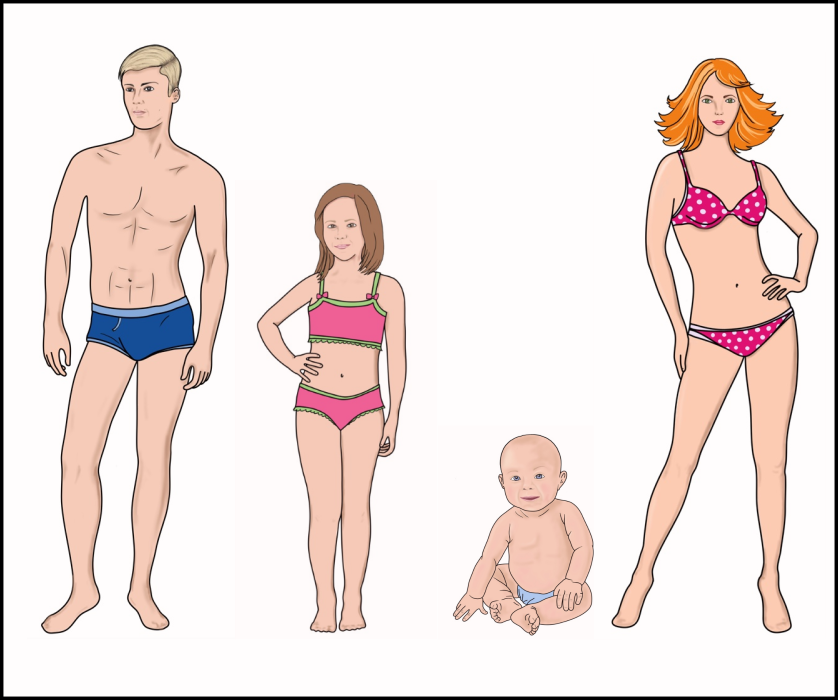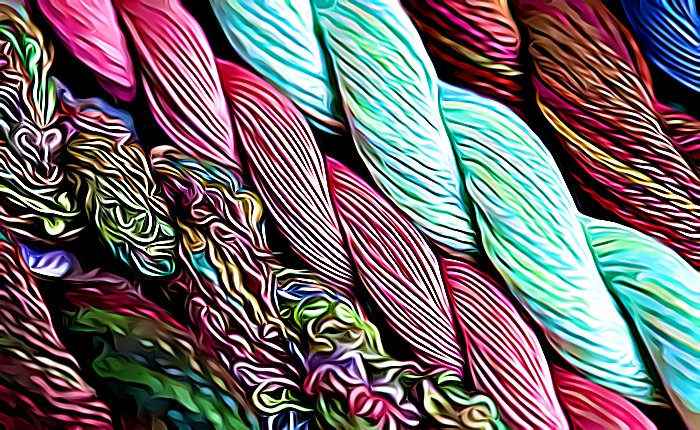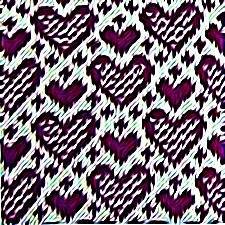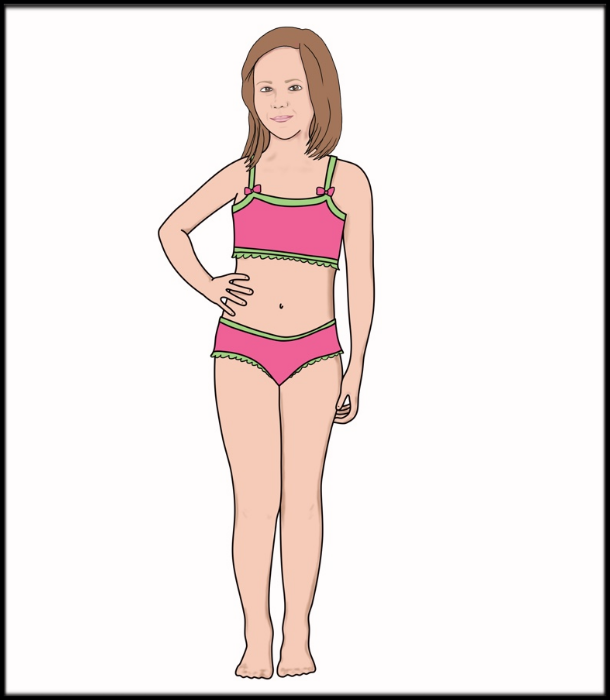

How to choose appropriate tools (knitting needles, crochet hook, knitting machine) for selected yarn.
In this article we will describe classification of yarn depending on its length in 100g. We will also tell you how to choose the most suitable knitting tool (needles, crochet hook, knitting machine) for the selected yarn.
There is a recommended international classification of yarn based on its thickness:

The more meters of yarn are contained in 100 grams, the thinner the yarn is and the smaller (in mm) knitting needles or crochet hook you need.
The recommended size of knitting needles and crochet hooks for particular meterage of yarn is specified in the table below:

Apart from the recommended table, you should also consider the label, if there is one on the yarn. Some information about the yarn category, meterage and the recommended size of the needles and crochet hook is usually provided on the label.
For Tunisian crochet, yarn which is 1.5-2 times thinner than that for normal crochet should be selected.
If the yarn does not have a label and you do not know the yarn category/meterage, you can determine the suitable size of knitting needles using the following method:
- Wind the yarn onto a ruler placing winds tight to each other but without overlapping
- Count the number of winds in 1 inch (2.5 cm)
- In the table below find the wpi value corresponding to the obtained number
- Determine the thickness of the yarn and the recommended size of knitting needles suitable for this kind of yarn

As for crochet, the yarn thickness must be twice less than the size of the crochet hook in mm.
IMPORTANT: the above recommendations correspond to the stockinette stitch pattern for needles and single crochets for crochet hook. If you intend to knit some other patterns, you may need tools of other sizes. You can find it out by making swatches. If the pattern is loose, messy and not clearly visible, take a smaller tool. If the pattern is too tight, very dense or difficult to knit, you should use a bigger tool.
Machine Knitting
For machine knitting, the thickness of yarn is selected depending on the machine class (more information about classes of knitting machines can be found here LINK):
- Class 3 – 100-200 m/100g
- Class 4 – 200-400 m/100g
- Class 5 – 300-800 m/100 g
Besides, each machine allows adjusting knitting density within a certain range. For this purpose, there is a special control on the main carriage graduated from 0 to 10. The smaller the value, the thinner yarn is required and vice versa.
If you do not know the thickness of yarn, start machine knitting with the highest density. Check the carriage’s behavior (ease of movement, correctness of stitch knitting, absence of dropped off stitches) and the density of obtained fabric and then reduce the density as required.
Regardless of the recommendations, we strongly recommend you to make small swatches before you start knitting the main article in order to determine the most appropriate size of the tool. Start with a tool of the recommended size specified on the yarn label and replace it with a smaller or bigger one if required. You will see how the fabric will change and how the pattern will look. Moreover, the swatch will help you perform necessary calculations for the article. And when you wash the swatch, you will see how the yarn behaves after washing. More information about swatches is provided in the following articles on the website.
Have a nice trip to the world of knitting

